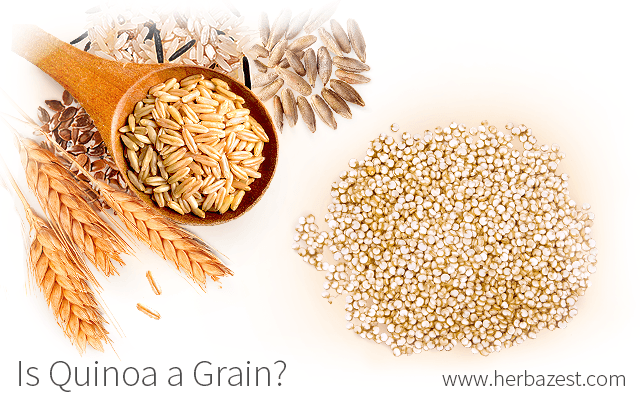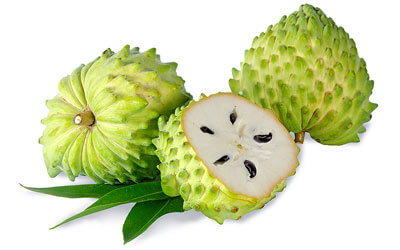Quinoa is mostly known for its outstanding nutritional value and is commonly used as an alternative to rice and other grains. For that reason, many people consider quinoa a grain when it is actually an extremely versatile seed. Read on to find out how do you classify quinoa!
Quinoa Is a Seed
Chenopodium quinoa is a starchy seed that's classified as a pseudo-grain or pseudo-cereal, which means it is used as a whole grain due to its nutritional richness.
Since it is commonly consumed as a replacement for rice and other whole grains, it is no surprise that many people believe quinoa is a grain. Some may also not know that quinoa is incredibly versatile and can be consumed sprouted, cooked, milled, popped, and flaked.
It is also worth remembering that the outer seed layer of quinoa contains bitter-tasting, toxic compounds called saponins, which need to be eliminated before consumption by washing the seeds.
QUINOA WAS REFERRED TO BY THE INCAS AS "THE MOTHER GRAIN."
Quinoa vs. Grains
Quinoa is a plant native to the Andean region of South America, thought to have originated around the Lake Titicaca area of Bolivia and Peru about 7,000 years ago.1 It was domesticated by the indigenous people of the region and from there spread through the Andean region with the growth of the Incan Empire.
When compared to grains, quinoa seeds are known for being a complete source of nutrition, mostly because they boast all nine essential amino acids, which are the building blocks of proteins. The protein levels of quinoa are comparable to those of milk and higher than wheat, rice, and maize.
QUINOA IS CONSIDERED ONE OF THE BEST VEGETABLE PROTEIN SOURCES AVAILABLE.
Quinoa is also important because it is gluten-free and can be safely eaten by people with gluten intolerance and celiac disease.
Genetic Variations of Quinoa and Other Related Seeds
As a result of domestication and the great genetic diversity of quinoa, it can be cultivated under many different conditions - from salty, acidic, or alkaline soils to very cold or very hot climates. The seeds can be white, gray, black, yellow, red, purple, or violet.
Quinoa can be divided into five major groups based on its geographical variation and genetic diversity:
- Highlands of Peru and Bolivia
- Inter-Andean Valleys of Colombia, Ecuador, and Peru
- Salares of Bolivia, Chile, and Argentina
- Yungas of Bolivia
- Sea level in Chile
A seed with analogous properties to quinoa is kaniwa (Chenopodium pallidicaule), which has similar protein content but is smaller, and its seeds do not contain saponins.
Though often used as a cereal and grain replacement, in reality, quinoa is a seed with excellent nutritional properties. The domestication of quinoa has allowed for it to be cultivated in different environments, thus giving it great potential to be grown in other parts of the world.
Sources
- Czech Journal of Food Sciences, Quinoa - a Review, 2009
- Food Reviews International, Nutritional Value and Use of the Andean Crops Quinoa (Chenopodium quinoa) and Kañiwa (Chenopodium pallidicaule), 2003
- Journal of Nutrition and Food Sciences, Quinoa (Chenopodium quinoa Willd), from Nutritional Value to Potential Health Benefits: An Integrative Review, 2016
- Lost Crops of the Incas, pp. 129-130
- FAOSTAT, FAO Regional Office for Latin America and the Caribbean, Quinoa: An ancient crop to contribute to world food security, 2011
- USDA Nutrient Database, Quinoa, uncooked
- Advances in Food and Nutrition Research, Chapter 1: Quinoa (Chenopodium quinoa Willd.): Composition, Chemistry, Nutritional, and Functional Properties
Footnotes:
- Frontiers in Plant Science. (2016). The Global Expansion of Quinoa: Trends and Limits. Retrieved October 1, 2022 from https://www.frontiersin.org/articles/10.3389/fpls.2016.00622/full




